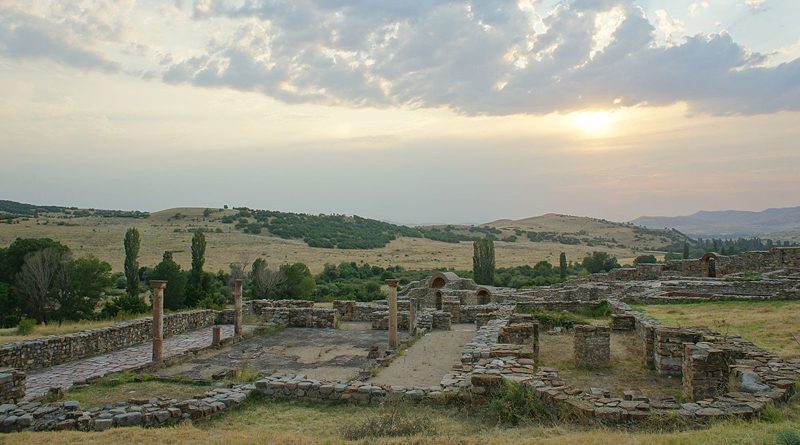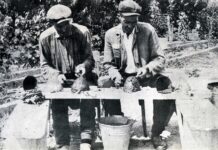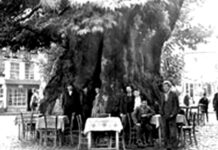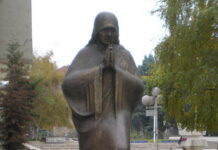Bargala, a Late Antique city, is nestled 10 km southeast of Štip at the base of Mt. Plačkovica. Its name, with Thracian roots, signifies “overflowing water.” Historically, this region was the domain of the Paeonian tribe of Derrones, pioneers in minting silver coins. The river Bregalnica, known in antiquity as Astibos, held ritual significance for Paeonian kings during their coronation ceremonies. The initial foundations of Bargala were near the village of Karbinci, where remnants of walls, an inn, a basilica, and a stone inscription from 371 AD have been discovered.

By the 5th century AD, Christianity had deeply influenced Bargala. Bishop Dardanius was a notable attendee at the Ecumenical Council of Chalcedon in 451. The instability of the Late Roman Empire, compounded by barbarian invasions, prompted the city’s inhabitants to relocate towards Mt. Plačkovica. Here, the fortified Early Byzantine Bargala was established, replete with defensive towers and a sophisticated sewage system.
Several architectural marvels from the 5th to the early 7th centuries dot the landscape, including public buildings, shops, and workshops. The three-nave episcopal basilica, adorned with intricate decorations and mosaics, is a testament to the city’s rich history. Adjacent to it are a baptisterium, a single-nave chapel, and the episcopal residence with its thermal baths.

Outside the city’s protective walls, another basilica from the 4th to 6th centuries stands. East of this spiritual structure lies a vaulted tomb, integral to the spiritual rites of the citizens. The excavated sections of the city have yielded hidden treasures, from coins and luxurious items to complete artisan tool kits.
Post the 7th century, smaller groups found refuge among the city ruins, adopting a rural lifestyle. By the 10th century, a rural settlement named Kozjak emerged near Bargala. A church dedicated to St. George, a masterpiece of Byzantine art, was also constructed in the vicinity.

![3282-bargala16-1[1]](https://diduknow.online/wp-content/uploads/2023/10/3282-bargala16-11.jpg)




